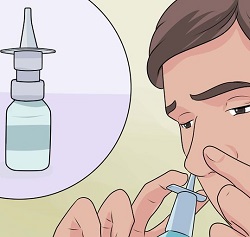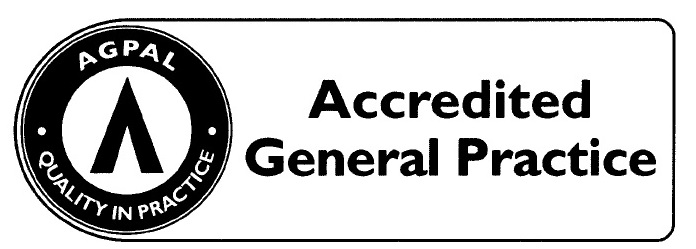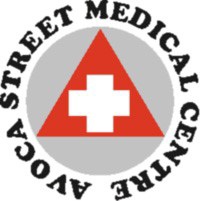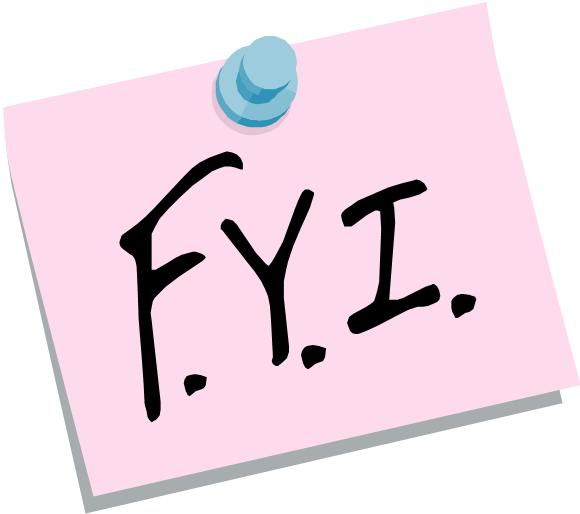| Pseudoephedrine - Misuse of decongestants
What are decongestants? 
These medicines help reduce the swelling in your nasal passages and ease the stuffiness and sinus pressure. They come as nasal sprays, like naphazoline (Privine), or phenylephrine (Sinex). They also come as pills, such as phenylephrine (Sudafed PE) and pseudoephedrine (Sudafed). Don’t use a decongestant you take by mouth for more than a week without checking with your doctor. You shouldn’t use a decongestant nasal spray for more than 3 days, or it could make your congestion worse. Never give decongestants or any over-the-counter cold medicine to children under age 4. Rebound congestion Decongestant nasal sprays can help reduce nasal congestion when you have a cold. But after a few days, the lining of your nose may become less responsive to the medication. You may need more and more nasal spray to control congestion. If you stop using the medication, your congestion may get worse. This is known as rebound congestion. What's the fix? If you have rebound congestion, stop using the spray and wait. Call your doctor if you need help. To prevent rebound congestion, use decongestant spray for no more than a few days in a row. Pseudoephedrine - what the fuss? Pseudoephedrine is a decongestant which acts vascular smooth muscle in the respiratory tract. It is used for the relief of congestion associated with conditions such as acute and chronic rhinitis, sinusitis, otitis media and the common cold. For some time now, pseudoephedrine has been targeted for non-therapeutic purposes. All forms (single ingredient and compound solid dose forms, liquid preparations and raw powder) are being used in the manufacture of amphetamines in clandestine laboratories for the illicit drug market. Recent reports confirm that most of the methamphetamine now available on Australia's illicit drug market is produced from pseudoephedrine-containing medicines diverted from community pharmacy. More from psa.org.au |
|
Covid-19 - Information
Flu Shot Emergency Numbers After Hours 13 74 25 Contact Hours |
Doctors
Appointments Fees About Map Links |
Immunisation
Feedback Local Pharmacies Resources Home |

| 
|

| 
| 
| 
| 
|
|---|---|---|---|---|

| 
| 
| 
| 
|



